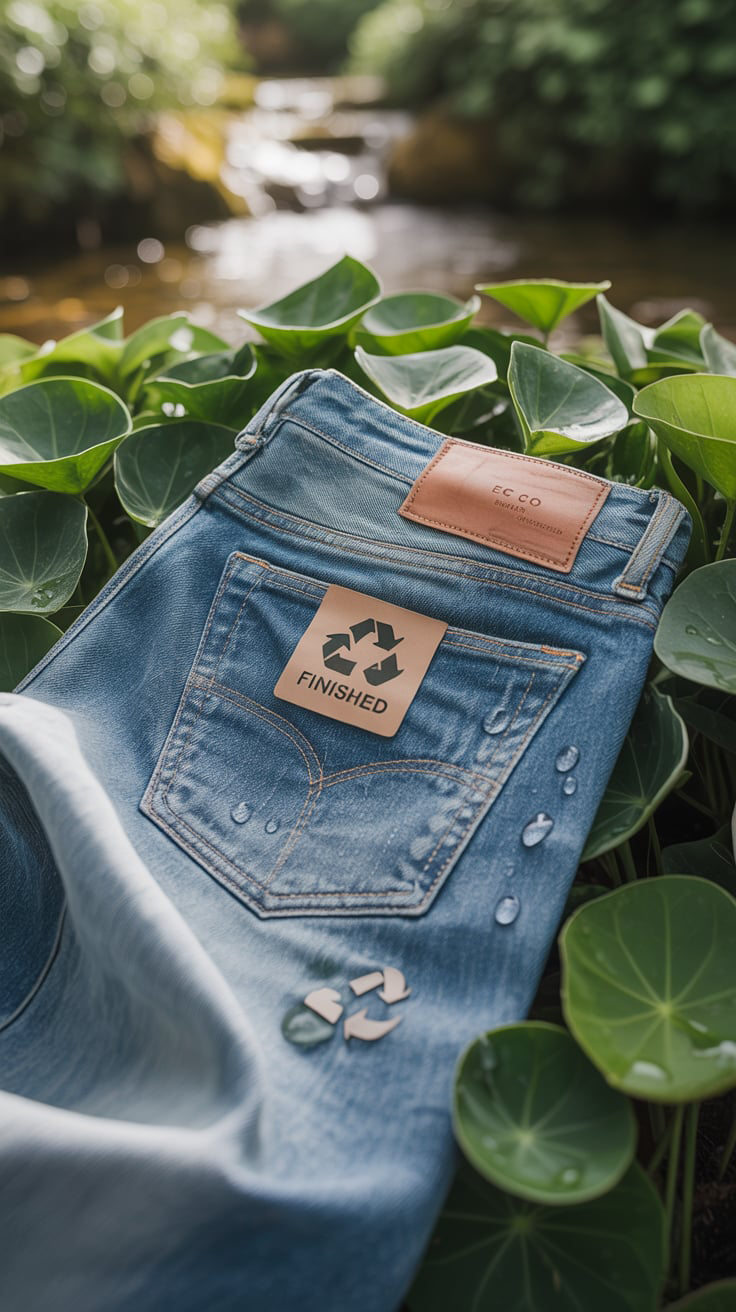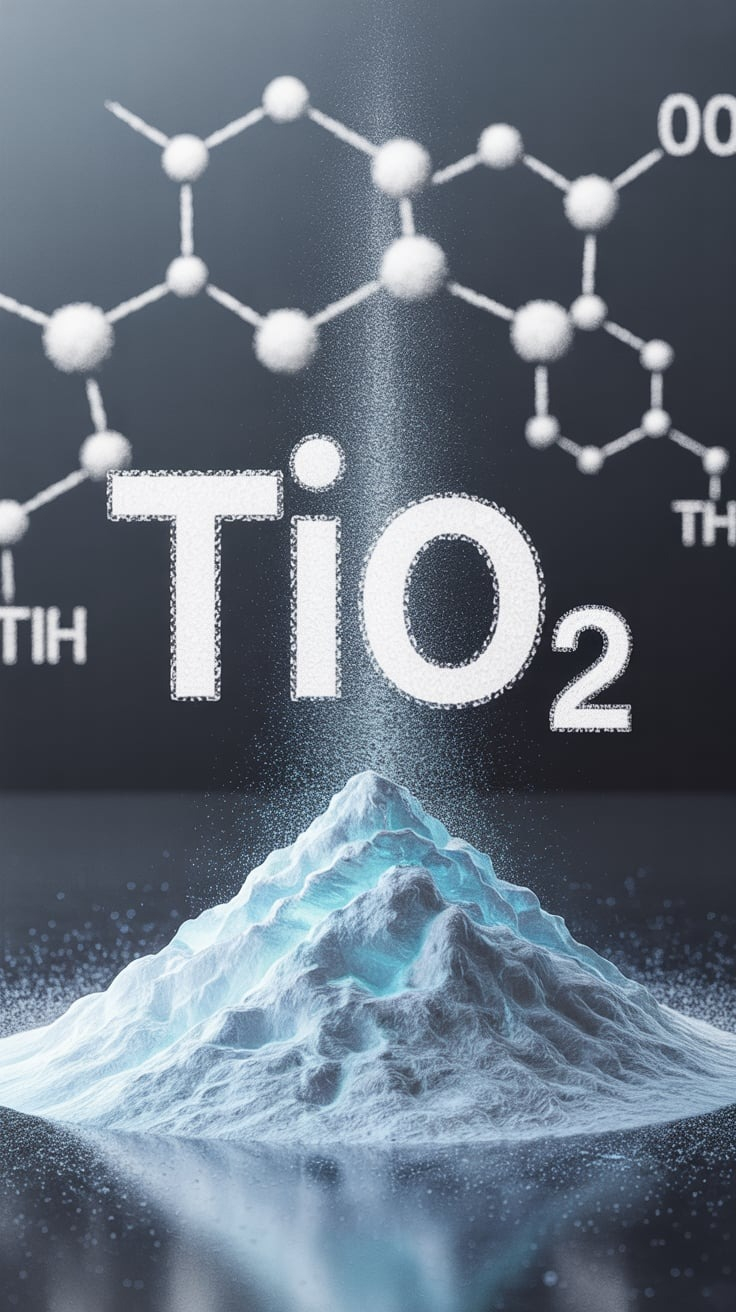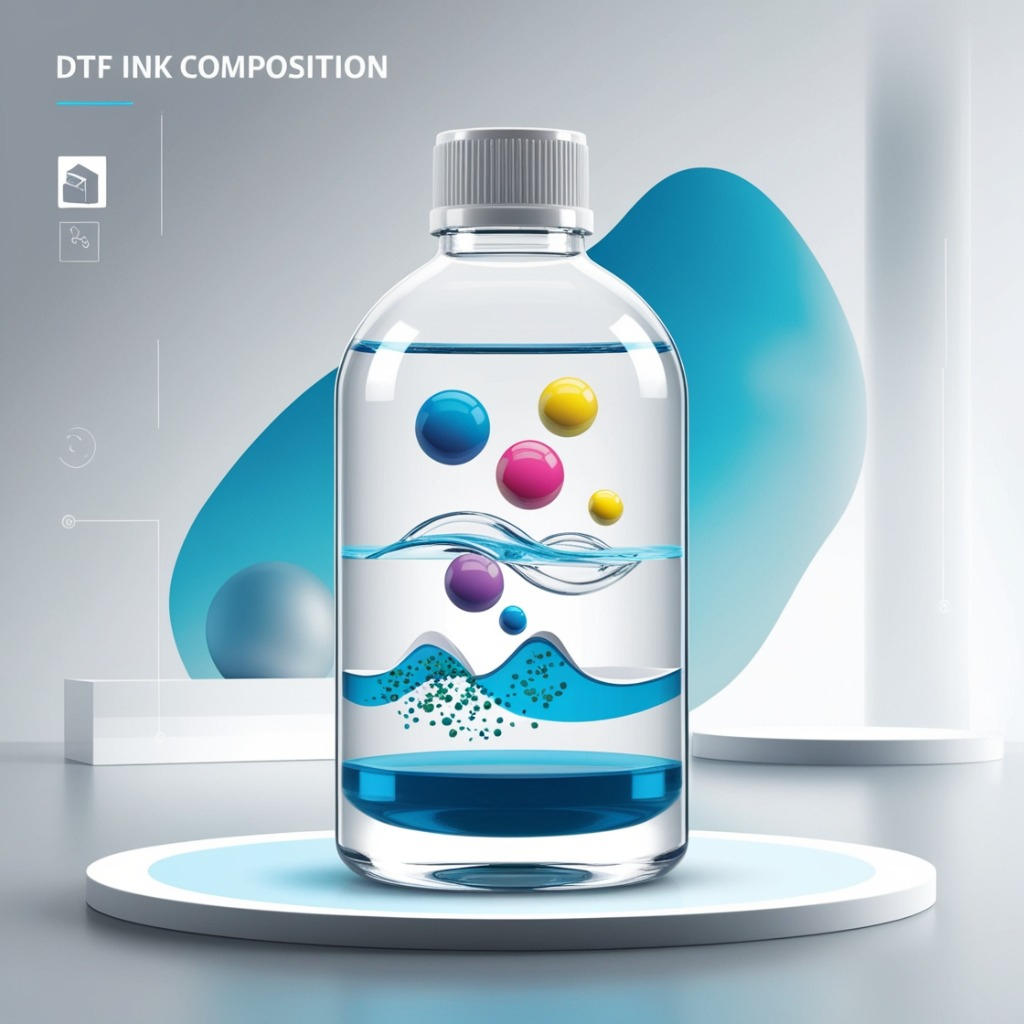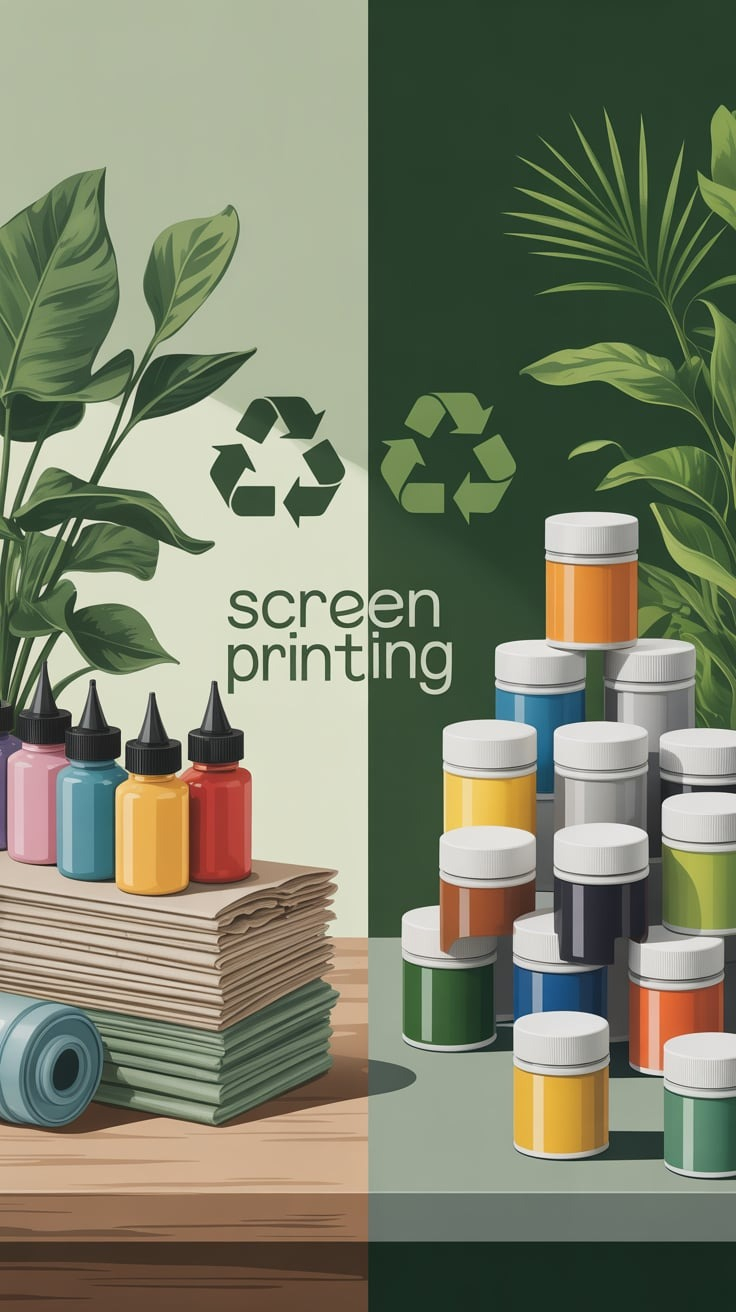
In today’s fashion industry, the pursuit of more environmentally friendly production methods has become an urgent necessity. One of the most characteristic examples is the processing of denim jeans—a garment closely associated with youth culture and timeless fashion. In denim processing, potassium permanganate (KMnO₄) is widely used to create fading effects on jeans, such as the so-called “used look.” Its application—typically through spraying—oxidizes the indigo dye, causing localized whitening and giving the garment the desired worn appearance.
Despite its effectiveness, potassium permanganate poses significant health risks (inhalation, skin irritation, etc.) and environmental hazards, especially when its residues are not properly managed.
The growing need for ecological and safer solutions has led the industry to explore alternative methods such as enzymes, ozone, and laser technologies. The following article examines this transition—from an outdated, environmentally burdensome practice to more sustainable alternatives in denim processing. The use of an ecological form of this compound has the potential to pave new pathways for sustainable practices.
What is Potassium Permanganate?
Potassium permanganate (chemical formula KMnO₄) is an inorganic potassium salt known for its strong oxidizing properties. It has been used for decades across various industrial and chemical sectors—from water disinfection and pharmaceuticals to textile processing. In denim manufacturing, potassium permanganate is primarily applied during the finishing stage, as it reacts with the organic dyes of the fabric (mainly indigo blue), oxidizing them and creating a worn or faded effect. This process is especially popular because it allows selective photochemical degradation of the dye, giving denim a more natural, distressed, and vintage look—making the final product more visually appealing to consumers.
Application methods include spraying, localized contact using sponges, or even stenciling for more targeted wear patterns. The compound is effective, relatively low-cost, and allows high control over the aesthetic outcome. However, despite its practicality, it presents serious environmental and health challenges when used in its untreated form and without appropriate safety measures.
Environmental Challenges
The conventional form of potassium permanganate has been widely criticized for its negative environmental impact and the risks it poses to the health of workers in industrial facilities.
From an environmental perspective, improper disposal can lead to contamination of water bodies and soil, causing toxicity to aquatic life and degradation of natural resources. Additionally, the wastewater generated from denim processing with potassium permanganate requires specialized treatment facilities for proper neutralization and disposal—something often unattainable in small or inadequately equipped units.
From a human health standpoint, exposure to raw potassium permanganate can cause severe irritation to the skin, eyes, and respiratory system. Inhalation of its vapor or fine dust during application (especially spraying) poses serious risks to workers, particularly when appropriate personal protective equipment (PPE) such as masks and gloves is not used. Long-term exposure can even lead to chronic damage, especially in confined work environments with poor ventilation. Therefore, despite its effectiveness as a processing agent, its use demands strict control, compliance with safety regulations, and, ideally, replacement with gentler, more sustainable materials.
The Green Alternative: Ecological Potassium Permanganate
The new ecological form of potassium permanganate has been designed to retain the desired aesthetic effects in denim processing while offering a more environmentally responsible approach. This eco-friendly variant is based on a biodegradable formula that allows for safe disposal of residues without polluting water resources or soil. Furthermore, its composition lacks corrosive properties, significantly reducing the risk of irritation or injury to workers during handling and application.
Another key advantage is its full compatibility with other modern, sustainable finishing techniques—such as laser treatment or low-water-consumption technologies. As a result, production facilities can integrate ecological potassium permanganate into a more environmentally friendly manufacturing line without requiring major equipment upgrades.
Benefits in Production and the Final Product
The use of ecological potassium permanganate is not limited to environmental responsibility. On the contrary, it significantly enhances the quality and competitiveness of production. The wear effects achieved with this material preserve the structural integrity of fabric fibers, resulting in better texture and high durability in the final product.
At the same time, the application process is faster and more efficient, contributing to increased productivity with reduced energy and resource consumption. The aesthetic result remains excellent—jeans achieve a natural wear pattern, realistic fading, and an authentic character that makes them highly attractive to consumers.
Finally, transitioning to this method of processing also provides a significant branding advantage for companies: today's consumer trends clearly favor brands that adopt sustainable and environmentally conscious practices, thus strengthening the positive image of the brand in the marketplace.
Conclusion
Processing denim with ecological potassium permanganate represents a meaningful response to modern consumer demands for products that are safe for both people and the environment. It demonstrates that innovation and environmental awareness can coexist even in mass fashion production. Overall, it marks a step toward the green transformation of the textile industry and deserves to become the standard choice for every responsible denim manufacturer.





